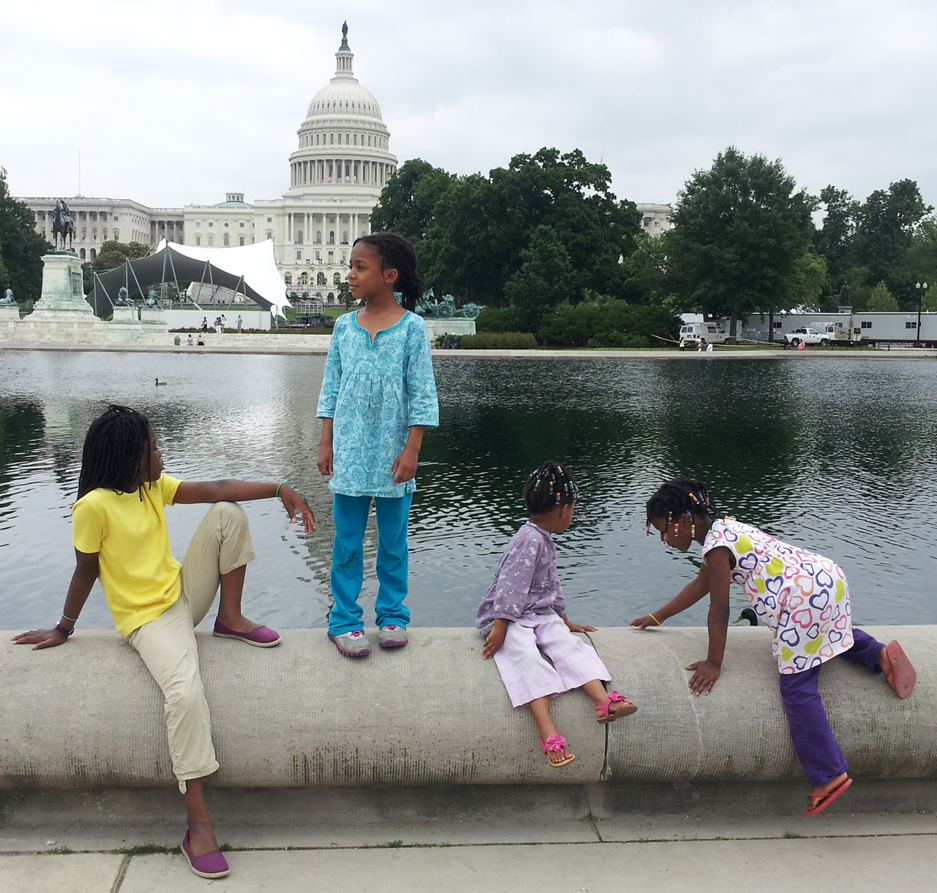
a good friend and veteran-teacher recommended the read-aloud handbook to me
over four years ago.
it was a bit of homeschool arrogance and a bit of circumstance
that kept me from reading it until just recently.
(i was living overseas without access to a library or UPS.)
as a homeschooling mom, there are so many curriculum options available
that sometimes i feel like i have to keep on blinders in order to move forward.
four years ago, i think i just dismissed her suggestion because
i was trying to keep it simple.
in this case, that was stupid.
now i’m a read-aloud convert.
honestly i didn’t think i needed to read this book.
i love reading. i love reading to my children.
i started collecting books for them
before they were born.
now, we visit the library weekly.
i know most of the librarians by name.
i thought reading this book would be like
jim trelease preaching to the choir.
even so, i had much to learn.
reading aloud to children of all ages
builds vocabulary and knowledge.
when parents and teachers reads aloud,
they act as reading role-models and advertisers for literature
(when is the last time you saw an ad for a book on a billboard?)
helping to build that mental connection
that associates reading with pleasure.
books, magazines, newspapers, comics
— it doesn’t matter.
if the child’s environment is more print-rich
the higher the chance that s/he will catch the reading bug
and studies show that the child’s writing, reading and math skills with soar
along with their ability to concentrate.
so, reading to children in turn helps them learn to read.
what happens after they can read for themselves?
continue to read to them just for the pleasure of seeking knowledge,
being in their company and sharing that moment together.
in addition, children usually listen at a level much higher than they read on.
when parents read to experienced readers, like preteens and teens,
it continues to strengthen that pleasure connection
both with books and parents
while boosting grammar, spelling, vocabulary and writing skills
so there won’t be a need for those expensive cram classes
before taking those overrated SAT or ACT tests.
the read-aloud handbook contains lots of practical tips
on reading aloud to children of all ages
in a question and answer format.
for example, trelease answers the burning question
“why do they want to read the same book over and over?”
as well as “what makes a good read-aloud?”
a good portion of the book lists excellent read-aloud suggestions
of various genres and levels to help you start (or ramp up) your read-aloud journey.
what have you learned from the read-aloud handbook?



